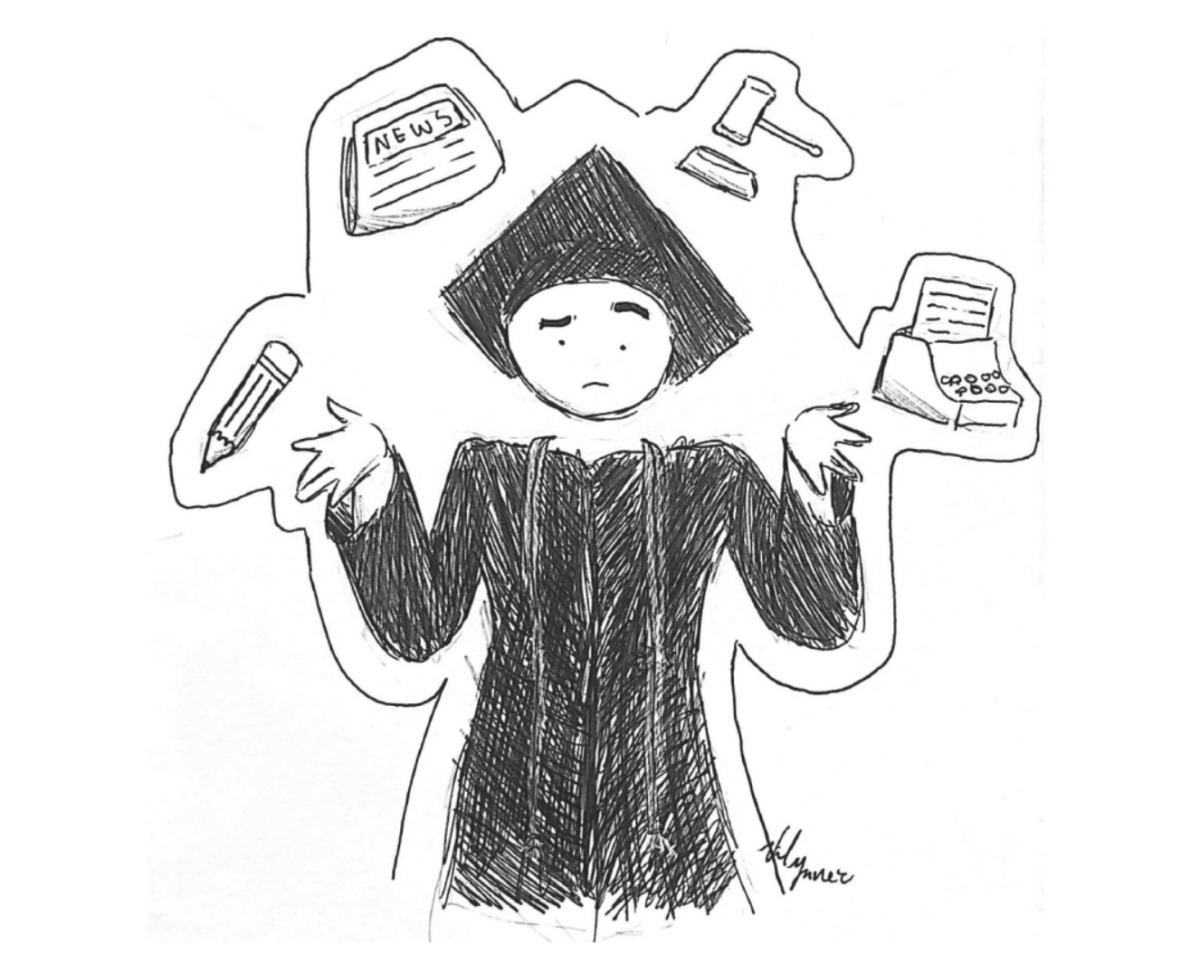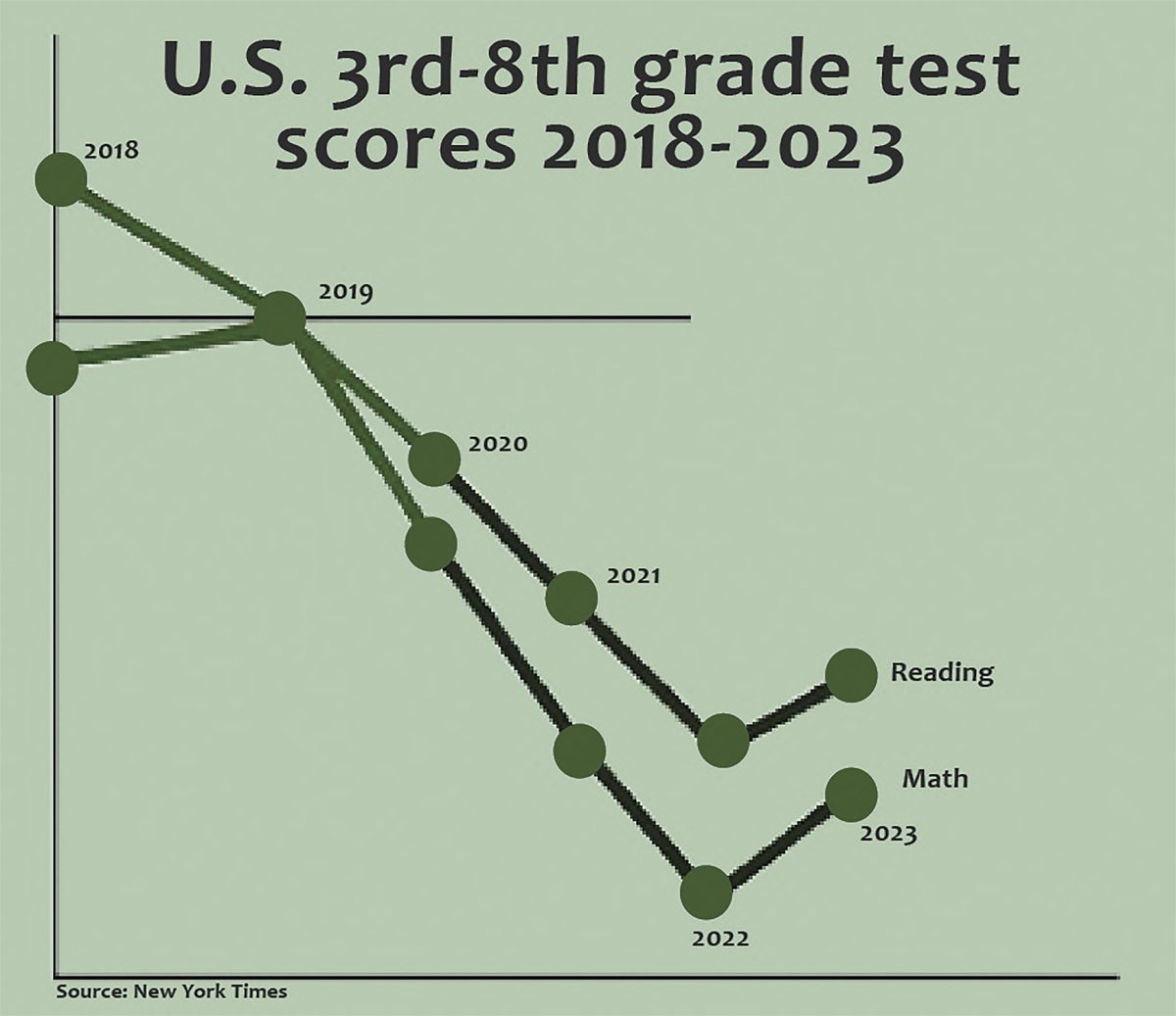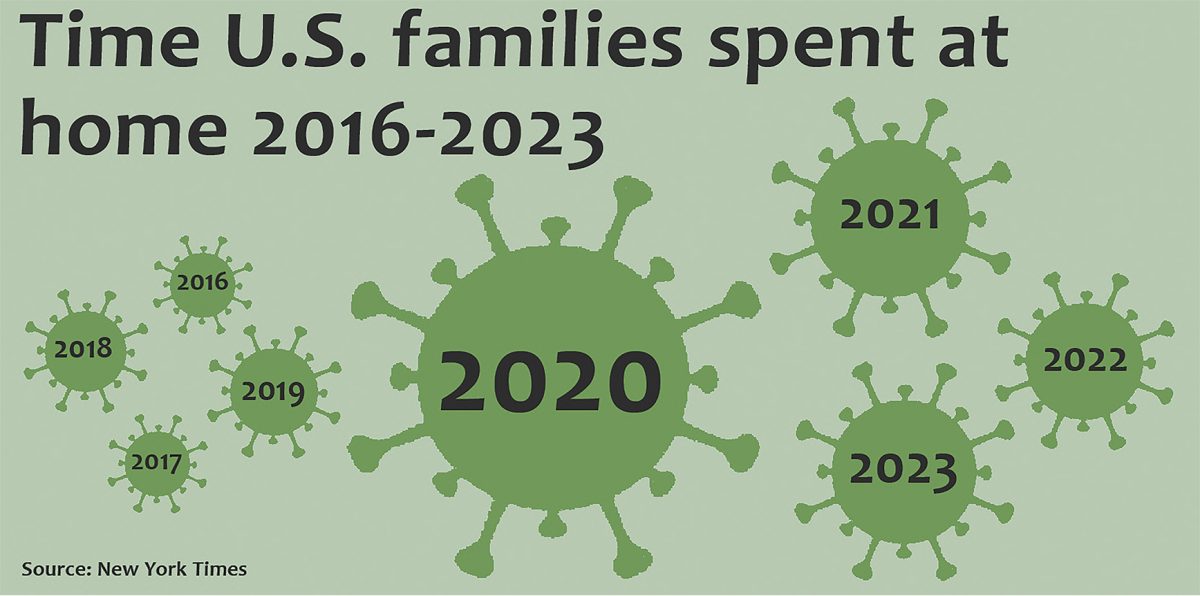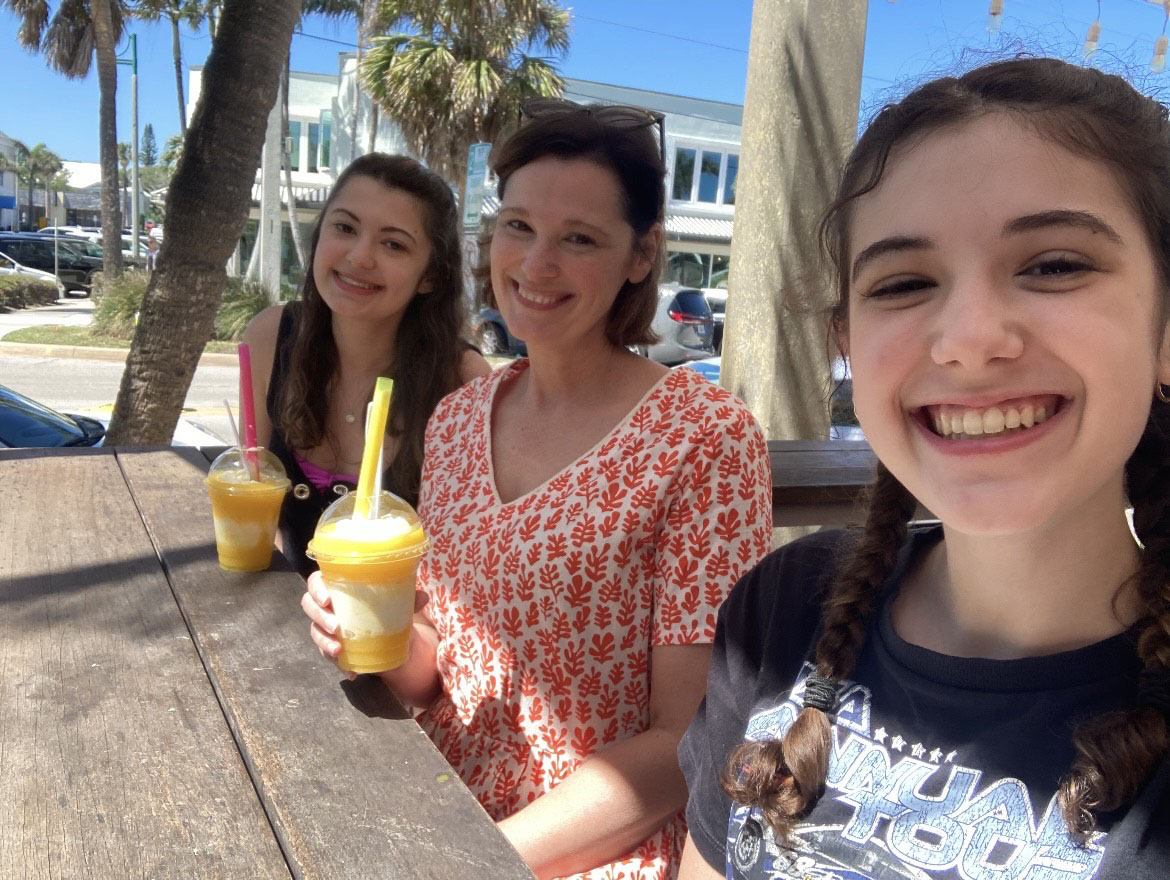Social media influencers gain fame and fortune through daily advertisements targeted toward teens. Between the promotion of brands, clothes, music or countless other things, social media content influences teenagers whether they realize it or not. Social media portrays an artificial beauty standard that leads to unhealthy habits and lifestyles, resulting in an alarming yet normalized increase in disordered eating habits.
Psychologist at Johns Hopkins University Lopez Witmer evaluated the correlation between social media and eating disorders. He explained that most social media apps are image-driven and normalize unrealistic standards of beauty, body shape, diet and weight loss. In the study, Witmer found that exposure to slender images of women and pressure from the media to be thin negatively affects female body image and emotional well-being.
A study done by the University of Haifa found that “the more time adolescent girls spend in front of Facebook, the higher their chances of developing a negative body image and eating disorders, such as anorexia, bulimia and exaggerated dieting.” Facebook is the most used social media app, according to Statista, and girls seeing impossible standards daily can be extremely harmful.
According to the American Academy of Child and Adolescent Psychiatry, surveys show that 90% of teens ages 13-17 use social media. Fifty-one percent report visiting a social media site at least once daily, AACAP notes. Such an active presence can lead to overconsumption of unhealthy images and dangerous eating habits.
While eating disorders may seem uncommon, they are actually extremely prevalent in teenage and adolescent girls, especially in those who use social media.
The National Eating Disorders Association brought together researchers to conduct an eight year experiment among 496 adolescent girls that lasted until they were 20 years old. They found that 5.2% of the girls met the criteria for anorexia, bulimia or binge-eating disorder.
NEDA also added that the researchers included nonspecific eating disorder symptoms, such as avoiding buying certain foods and buying smaller cutlery for smaller portions. A total of 13.2% of the girls in the study had suffered from an eating disorder by age 20.
Almost all teenagers have some sort of social media presence. It is uncommon for adolescents to not participate in social media, even though it often eats away at users’ self-esteem. NEDA provides advice to help alleviate the pressures of beauty standards: choose media mindfully, limit screen time on social media and advocate for body positivity.
Social media can have many fun and interesting features, but it is extremely important to keep in mind that when users mindlessly scroll out of boredom, influencers on those apps are earning large sums of money for every post they produce. Influencers know their audience and use different angles and filters to present themselves as “perfect.”
Teenagers, particularly females, constantly face impossible standards of beauty and body image that they feel pressured to meet. These standards are only magnified by their social media feeds. It is crucial for these young, impressionable minds to remember that although social media portrays a specific standard, almost all of it is meticulously constructed and completely artificial














